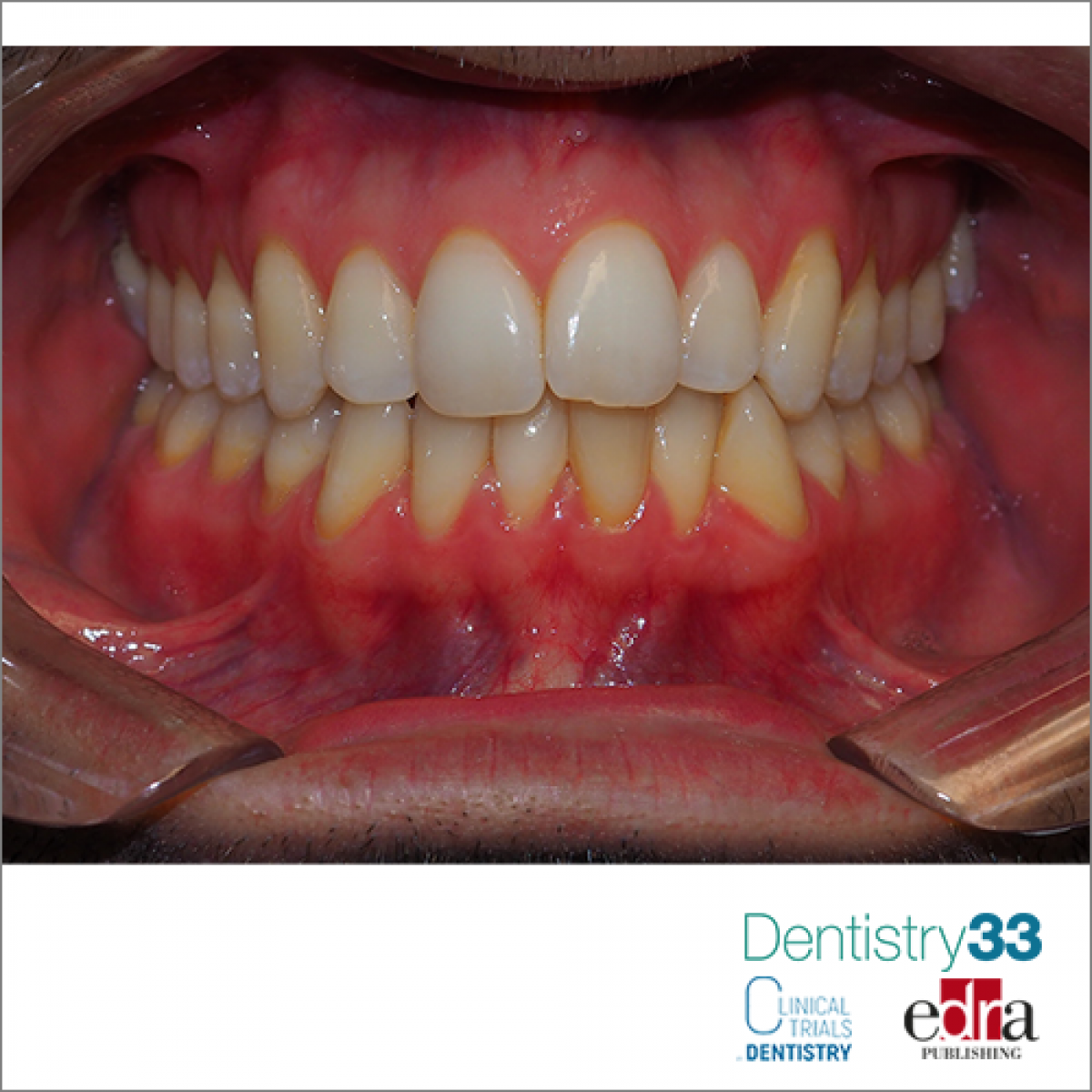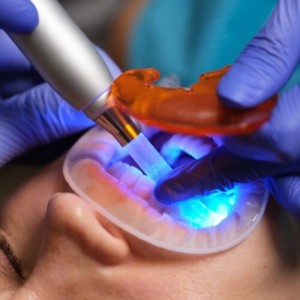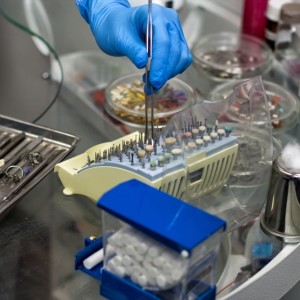
How teeth move during all life
Davide Elsido
Growth-related occlusal changes are well documented in the orthodontic literature and provide essential clinical guidance.
The biologic environment comprised skeletal, dental, and soft tissue and does constantly change throughout its lifetime, even when growth is no longer taking place. In orthodontics, prior understanding of these changes is crucial to design an appropriate treatment plan and to inform the patient regarding the need for posttreatment retention. More importantly, this knowledge can help us understand whether the occurred posttreatment changes are due to the orthodontic intervention or part of the normal developmental or aging process.
Postorthodontic relapse has been attributed to multiple causes, including the reorganization of periodontal and gingival tissues, lack of proper occlusal interdigitation, soft tissue adaptation, oral habits, and growth changes. Because orthodontic treatment alters the normal muscular pattern, it has been suggested that treatment should be limited within the equilibrium zone between intraoral and extraoral muscular forces to prevent relapse because of soft tissue pressure. Anthropological studies suggest that the lack of dental crowding in ancient humans was due to attrition as a consequence of their hard diet. Animal studies have also shown that differences in the hardness of diet are related to significant changes in maxillary width and the presence of rotated or displaced teeth.
Many strategies have been proposed to avoid orthodontic relapse. Lifelong use of bonded retainers is one of the most popular options in an effort to avoid it, and it is currently seen as an inherent part of orthodontic treatment. However, there is no consensus in the literature regarding a predictable retention protocol. Long-term wear of fixed retainers presents a number of disadvantages, such as the need for maintenance, which increases the practitioner’s workload and the costs for the patients, the difficulty to maintain good oral hygiene, the possibility of retainer breakage, bond failure, or accidental activation, which can lead to active tooth movement.
Recently in the AJODO a systematic review was published regarding age-related dental changes in untreated normal human occlusion. The comparative analysis of the included articles aims to serve as a baseline for orthodontic diagnosis and treatment planning.
From the initial 7681 articles founded, 40 were included.
Physiological, occlusal changes because of aging have been reported in humans with normal occlusion.
These can be summarized as follows:
1. Intercanine width increases in the maxillary arch from 3.0 to 13.0 years of age and in the mandibular arch until 8.0 years of age. This is followed by a decrease in mandibular and maxillary arches until 60.0 years of age. Males show larger increases than females, whereas reduction in the mandibular arch from 13.0 to 45.0 years of age is larger than in males than females.
2. Intermolar width increases from 3.0 to 15.0 years of age in mandibular and maxillary arches. In the maxilla, it starts decreasing while the mandible continues increasing until 26.0 years of age. This is followed by a decrease until 42.0 years of age in mandibular and maxillary arches. These changes are larger in males than females.
3. Arch length increases in the maxilla until adolescence and in the mandible until 8.0 years of age. After that, the arch length and perimeter decrease in mandibular and maxillary arches until 60.0 years of age. There are larger changes in the maxillary arch of males, whereas there are larger reductions in the mandibular arch in females.
4. Crowding steadily increases from early permanent dentition until 60.0 years of age. Incisor crowding is greater in the mandibular arch, as well as females.
5. Arch depth increases in mandibular and maxillary arches from 6.0 years of age to adolescence (ie, 13.0 years of age). This change is followed by a reduction until 31.0 years of age.
6. Overjet and overbite increase from 9.0 to 13.0-15.0 years, respectively, followed by a reduction until 20.0 years of age and later a steady increase in overjet until late adulthood.
These changes should be taken into consideration for orthodontic diagnosis and treatment planning. They are also relevant to evaluate the long-term posttreatment results, which is especially important given the increased interest of older age groups in orthodontic treatment.
For additional information: Dental changes in humans with untreated normal occlusion throughout lifetime: A systematic scoping review.
 Related articles
Related articles
Orthodontics 08 October 2025
The field of orthodontics in its new era is venturing ahead to more up-to-date technological point of view.
Orthodontics 25 August 2025
Orthodontics 25 June 2025
Clinical application of magnets in orthodontics and biological implications: a review
Over the last decade magnets have been used in orthodontic and dentofacial orthopaedics and attempts have been made to evaluate the biological implications of magnets and magnetic fields during...
Orthodontics 10 June 2025
It has long been claimed that presurgical orthodontics is crucial to the outcome of surgical-orthodontic treatment for dentofacial deformity
The use of 3D technology in orthodontics has increased recent years. 3D intra-oral scanning, cone beam computed tomography (CBCT), 3D printing and computer-aided design and computer-aided...
 Read more
Read more
Editorials 10 October 2025
With proud smiles and crisp white coats, ninety-three learners from the DDS Class of 2029 and the International Dentist Pathway Class of 2028 marked the start of their dental careers at the UCSF...
Periodontology 10 October 2025
Continuous professional development (CPD) in Periodontology refers to the overall framework of opportunities that facilitate a life-long learning practice, driven by the learner-practitioner and...
TheraBreath, the #1 alcohol-free mouthwash brand in the U.S.*, has introduced a new line of dentist-formulated, clinically tested toothpastes designed to support professional oral care...
News 10 October 2025
New officers and trustees were installed at the Minnesota Dental Association’s Leadership Conference on September 19 in Minneapolis.
News 10 October 2025
Smartee Denti-Technology today announced that Professor Gang Shen, its Chief Scientist and Executive President of TaiKang ByBo Dental, has once again been named to the World’s Top 2% Scientists...















